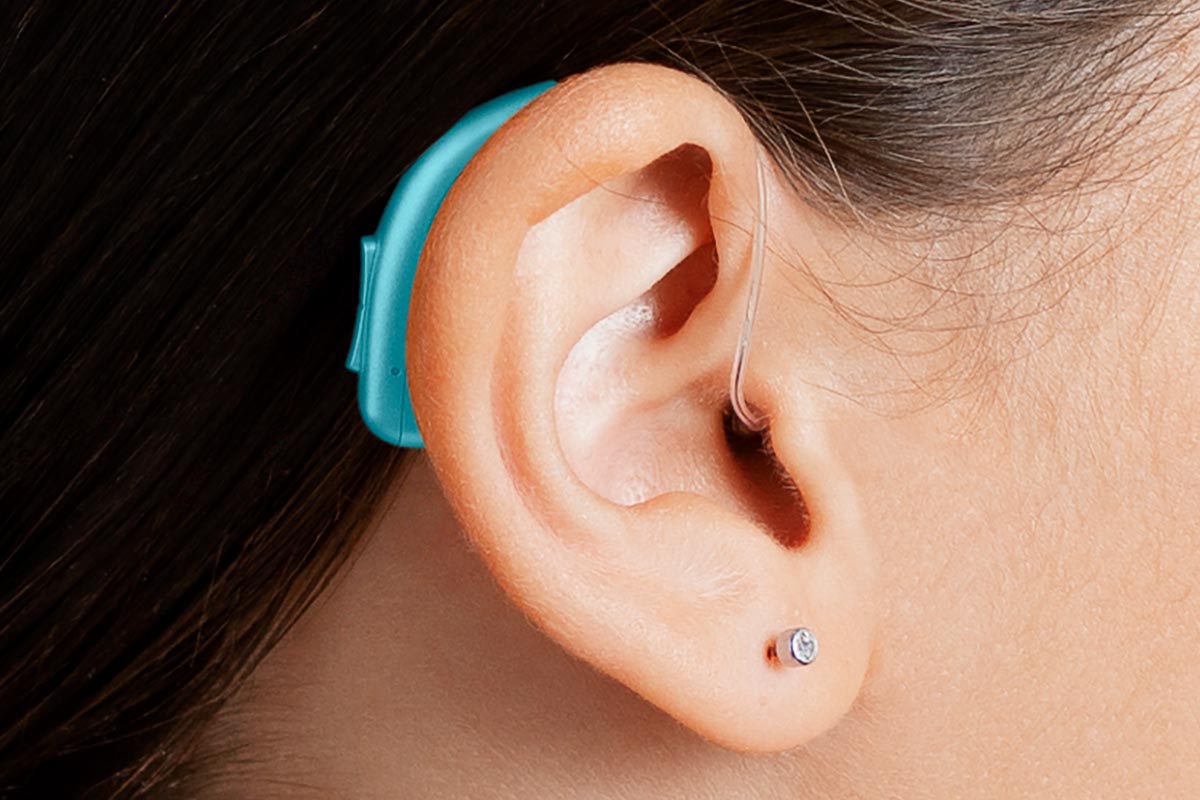Hearing loss affects approximately 37.5 million U.S. adults, yet only about 25% of those who could benefit from hearing aids use them, largely due to high costs and limited insurance coverage. Hearing aids can significantly improve quality of life, but their price—ranging from $1,000 to $7,000 per pair—can be a barrier. This article explores hearing aid insurance coverage, associated costs, and strategies to make these essential devices more affordable.
Understanding Hearing Aid Costs
Hearing aids are sophisticated medical devices that amplify sound to improve communication for individuals with hearing loss. The cost of hearing aids varies widely based on several factors:
-
Technology Level: Basic models cost around $1,000 per device, while advanced models with features like Bluetooth, noise cancellation, or tinnitus management can exceed $3,500 each.
-
Service Bundling: Prescription hearing aids often include professional services such as hearing tests, fittings, and follow-up care, which can account for 30–40% of the total cost.

-
Brand and Model: Premium brands like Oticon or ReSound offer high-end devices, such as the ReSound LiNX Quattro, priced at around $3,167 per aid.
-
Care Model: Over-the-counter (OTC) hearing aids, available since the FDA’s 2022 ruling, are significantly cheaper, ranging from $200 to $1,000 per pair, but lack personalized fitting.
On average, a pair of prescription hearing aids costs $4,000–$8,000, with some advanced models reaching $10,000. For context, a 2022 survey by HearingTracker found that the average consumer with insurance coverage receives $1,257 per hearing aid, leaving a significant out-of-pocket expense.
Read more: The Best Certifications for Network Engineers
Insurance Coverage for Hearing Aids
Insurance coverage for hearing aids varies widely, and understanding your policy is crucial. Here’s a breakdown of common insurance types and their coverage:
Medicare
-
Original Medicare (Parts A and B): Does not cover hearing aids or fitting exams, though it may cover diagnostic hearing tests if medically necessary.
-
Medicare Advantage (Part C): Some plans offer partial coverage, typically $500–$1,250 per ear annually, but benefits vary by plan and region. For example, some Humana Medicare Advantage plans require using TruHearing providers for coverage.
-
Proposed Legislation: The Medicare Hearing Aid Coverage Act, reintroduced in 2023, aims to expand coverage, but it has not yet passed.

Medicaid
-
Children: All states cover hearing aids for children under 21, often fully, including related services like fittings.
-
Adults: Coverage varies by state. Some states provide up to $1,400–$2,500 per hearing aid every few years, while others offer no adult coverage.
Private Insurance
-
Only about 25% of Americans have access to some hearing aid coverage through private insurance, a doubling from 13% a decade ago.
-
Coverage is often limited, typically $500–$1,000 every 2–5 years, and may require using specific providers or devices.
-
Some plans, like those from UnitedHealth or Cigna, offer partial coverage, but high deductibles (e.g., $5,000) may need to be met first.
Supplemental Hearing Insurance
-
Companies like Aflac offer supplemental hearing insurance to cover costs not included in standard health plans, such as exams, batteries, and repairs.
-
Premiums for supplemental insurance depend on the device’s technology and age, averaging $300 annually for high-end models.
Veterans Affairs (VA)
-
Veterans with service-connected hearing loss can receive hearing aids, fittings, and ongoing support at no cost through the VA, the largest provider of hearing aids in the U.S.
Regional Variations in Coverage
Some states mandate hearing aid coverage, particularly for children. For example:
-
Massachusetts: Covers up to $2,000 per hearing aid every 36 months for those under 21.
-
New Jersey: Provides $1,000 per hearing aid every two years for children under 15.
-
New Mexico: Offers $2,200 per hearing aid every three years for children under 18 or 21 if in high school.These mandates often allow policyholders to choose higher-priced devices and pay the difference, but coverage is typically limited to licensed providers.
Making Hearing Aids More Affordable
Given the limited insurance coverage, several strategies can help reduce costs:
-
OTC Hearing Aids: Since the FDA’s 2022 ruling, OTC hearing aids for mild to moderate hearing loss are available at retailers like Walgreens or online, costing $200–$1,000 per pair.
-
HSA/FSA Accounts: Health Savings Accounts (HSA) or Flexible Spending Accounts (FSA) allow pre-tax dollars to be used for hearing aids, reducing effective costs.
-
Financing and Payment Plans: Many providers, such as HearingLife, offer financing to spread costs over time.
-
Discount Retailers: Costco Hearing Aid Centers provide high-quality devices (e.g., Kirkland Signature 10.0 at $1,399.99 per pair) with free follow-ups, though a membership is required.
-
Non-Profit Assistance: Organizations like the Hearing Aid Project or local Lions Clubs offer refurbished devices or grants for low-income individuals.
-
Tax Deductions: Hearing aids and related expenses are tax-deductible if you itemize deductions.
-
Choosing Basic Models: Opting for devices without advanced features like Bluetooth can lower costs significantly.
Challenges and Considerations
-
Hidden Costs: Beyond the device, costs include batteries, maintenance, and repairs, which supplemental insurance may cover.
-
Provider Restrictions: Some insurance plans limit coverage to specific providers or devices, which may not suit all hearing needs.

-
Stigma and Access: High costs and limited coverage deter many from seeking treatment, exacerbating social isolation and cognitive decline risks.
-
Warranty and Insurance: Hearing aid warranties typically cover repairs for 2–3 years, but supplemental insurance may be needed for loss or damage after the warranty expires.
The Future of Hearing Aid Accessibility
The introduction of OTC hearing aids has disrupted the market, with companies like Apple, Samsung, and Bose entering the space, potentially driving down costs through competition. Advocacy efforts by groups like the Hearing Loss Association of America (HLAA) and proposed legislation like the Medicare Hearing Aid Coverage Act aim to improve coverage. As research highlights the link between hearing health and overall well-being, insurance providers may increasingly recognize the value of covering hearing aids.
Practical Tips for Consumers
-
Check Your Policy: Contact your insurance provider to confirm coverage details, including eligible providers and devices.
-
Consult an Audiologist: A professional can verify coverage and recommend devices tailored to your needs.
-
Explore Financial Aid: Research non-profits, state programs, or VA benefits if eligible.
-
Compare Options: Shop at discount retailers or consider OTC devices for mild hearing loss.
-
Plan for Maintenance: Budget for ongoing costs like batteries and cleanings, and consider supplemental insurance for added protection.
Conclusion
Hearing aids are a vital investment in quality of life, but their high cost and limited insurance coverage pose challenges. By understanding your insurance options, exploring OTC devices, and leveraging financial assistance programs, you can make hearing aids more affordable. As the industry evolves with new regulations and advocacy, access to hearing care is becoming more attainable. Take the first step by scheduling a hearing test and discussing coverage with your provider to find the best solution for your needs.


.jpg)










